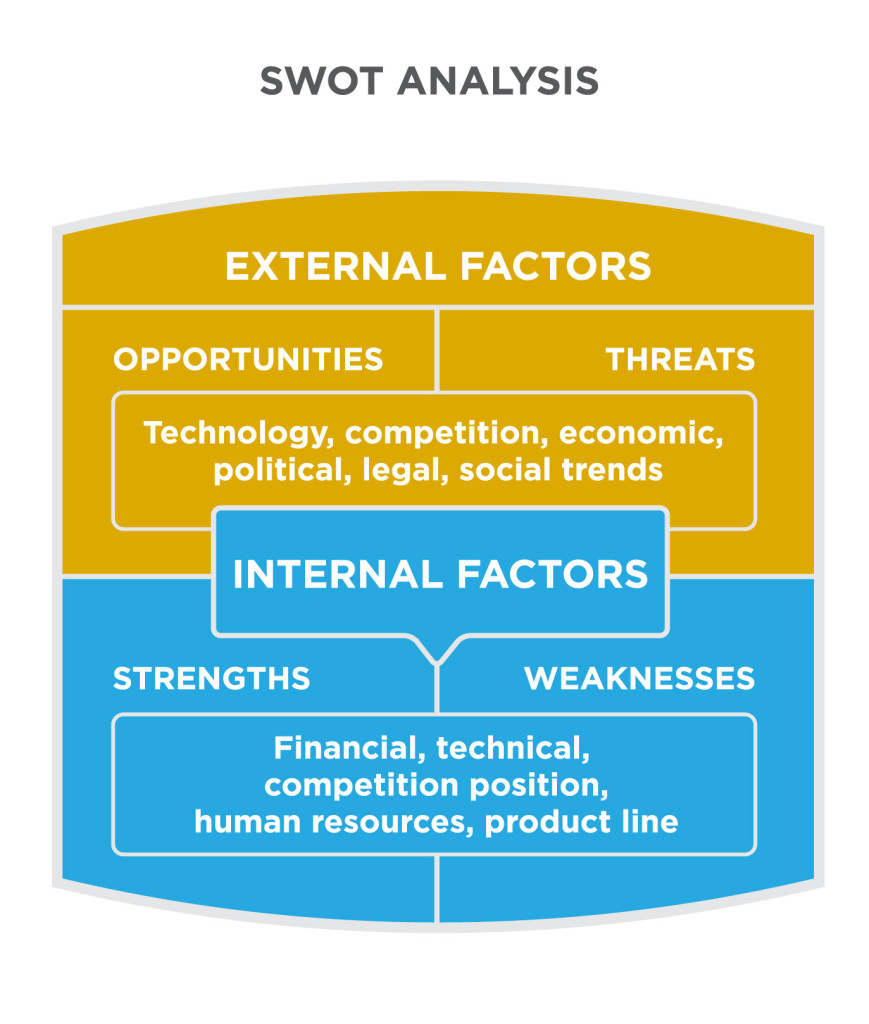Learning Outcomes
- Describe strategic analysis
Seneca, a Roman philosopher, statesman, and dramatist said “If a man does not know to what port he is steering, no wind is favorable to him.” This quote is as applicable to strategic planning as it is to sailing—or any other initiative. As an organization, you need to have a common mission or purpose and an associated operating framework, which includes your culture and core values. In order to create this framework, you need to conduct a situational analysis. In other words, you have to figure out what is important to your organization.
An organization’s mission is its purpose or reason for existence, something that Simon Sinek, best-selling author and inspirational speaker, refers to as its “why.” In one of his most famous TedTalks, emphasizes that “people don’t buy what you do, they buy why you do it.”[1] And this notion of having “a Why” applies to your consumers, employees, candidates and stakeholders broadly. Sinek claims that your “why,” explains why you do business in the manner that you do as an organization.
Learn More
You can watch Sinek’s full talk here: “How Great Leaders Inspire Action”
 Core Values
Core Values
Core values are the formal expression of the organization’s beliefs and what it values—an expression of the organization’s personality and a guide for organizational and individual behavior. Consider the United States National Park Service’s explanation: “We have an entire universe of values, but some of them are so primary, so important to us that [throughout] the changes in society, government, politics, and technology they are STILL the core values we will abide by. In an ever-changing world, core values are constant.”[2]. Thus, core values are not just operating practices or business policy for your employees, they help guide or inform employees’ practices and/or policy decisions.
As the IKEA example in the Why It Matters section of Module 1 illustrated, core values articulate what an organization stands and thus inform a range of business decisions, including termination. Culture is how management and employees actually behave—including whether/how policies and practices are enforced. The lived culture may or may not reflect the stated values; if there’s a disconnect, the culture will undermine efforts to achieve the mission. As management guru Peter Drucker famously said (or not): “Culture eats strategy for breakfast.”[3]
The final step in this stage is conducting a strategic or situation analysis. Although there are a number of strategic analysis tools that are valuable under different circumstances, the essential situational analysis tool is the SWOT analysis. This tool is a variation on a model developed by management consultant Albert Humphrey, who led a Stanford University team researching how to improve corporate planning effectiveness.[4] The approach the team developed was referred to as a “SOFT” analysis, based on the following logic: “What is good in the present is Satisfactory, good in the future is an Opportunity; bad in the present is a Fault and bad in the future is a Threat.”[5]
As illustrated in Figure 1, the acronym “SWOT” stands for strengths, weaknesses, opportunities and threats. Strengths and weaknesses are based on internal factors and summarize the organization’s position relative to the competition. Opportunities and threats are factors external to the organization—favorable or unfavorable conditions, to use the sailing analogy. For example, to identify strengths and weaknesses, consider the organization’s position relative to the competition on key financial, human and operating dimensions such as leadership expertise, workforce skills, brand and financial strength, capacity for innovation, strategic networks and marketing and distribution infrastructure. To identify opportunities and threats, consider the organization’s exposure to pending legislation, emerging technologies, societal trends and geopolitical or environmental risks to facilities, personnel or supply chains.

Figure 1. SWOT Analysis
The objective of the exercise is to identify factors that influence success or failure and to incorporate them into strategic planning. Thus, conducting a situation analysis positions an organization to capitalize on opportunities, manage risk and results in a more realistic and achievable goals and objectives.
Practice Question
Candela Citations
- Strategic Analysis. Authored by: Nina Burokas. Provided by: Lumen Learning. License: CC BY: Attribution
- Image: SWOT Analysis. Provided by: Lumen Learning. Located at: https://courses.lumenlearning.com/wmopen-introductiontobusiness/chapter/planning/. License: CC BY: Attribution
- Untitled. Authored by: Ian Schneider. Provided by: Unsplash. Located at: https://unsplash.com/photos/TamMbr4okv4. License: CC0: No Rights Reserved. License Terms: Unsplash License
- Start With Why - TED Talk Short Edited. Authored by: Simon Sinek. Provided by: Chico Lima. Located at: https://youtu.be/IPYeCltXpxw. License: All Rights Reserved. License Terms: Standard YouTube License
- Sinek, Simon. "How Great Leaders Inspire Action." TEDxPuget Sound. September 2009. Accessed July 29, 2019. ↵
- "What Are Core Values?" National Park Service. Accessed July 29, 2019. ↵
- Cave, Andrew. "Culture Eats Strategy for Breakfast. So What's for Lunch?" Forbes. November 9, 2017. Accessed July 29, 2019. ↵
- Morrison, Mike. "SWOT Analysis (TOWS Matrix) Made Simple." RapidBi. Accessed July 29, 2019. ↵
- Ibid. ↵
